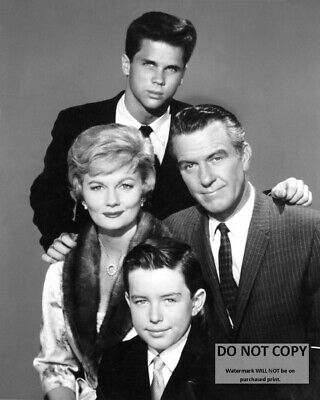
Introduction
‘Leave It to Beaver’ is one of the most iconic American sitcoms, first airing in 1957 and continuing until 1963. The show has become a cultural touchstone, symbolizing the idealized post-war American family life. Its relevance continues today as it highlights social norms, childhood experiences, and family dynamics that resonate with audiences.
Historical Context
Set in the suburban landscape of Mayfield, the show revolves around the Cleaver family, consisting of parents Ward and June and their two sons, Wally and Beaver. The series was created by Joe Connelly and Bob Mosher, who drew from their own experiences as parents. Its premise captured the essence of 1950s America—an era characterized by economic prosperity and shifting social values.
Cultural Impact
‘Leave It to Beaver’ explored themes of family, childhood innocence, and moral lessons. Through its storylines, the series often depicted Beaver’s misadventures and the moral dilemmas faced by both children and parents. The show’s humor and poignant moments helped define a standard for family entertainment in the early days of television.
The program popularized phrases and cultural references emphasizing the ideal family dynamic, influencing how families were portrayed in media. Its characters became archetypes, including the wise father figure, the nurturing mother, and the mischief-prone child. This family dynamic resonated deeply with viewers, yet also faced critique for its unrealistic portrayal of family life.
Legacy and Reunion Shows
Even decades after its finale, ‘Leave It to Beaver’ continues to hold a significant place in American culture. The show has been referenced and parodied in various television programs and films, showcasing its lasting influence. In 1983 and again in 1987, the Cleaver family returned with reunion specials that offered a modern look at their lives and provided nostalgic insights into the character’s futher development.
Conclusion
As we dissect the enduring appeal of ‘Leave It to Beaver’, it becomes evident that the series goes beyond mere entertainment. It provides a window into the values of a bygone era while reflecting the universal themes of family and childhood that remain relevant today. Its influence can still be seen in contemporary television and the portrayal of family life, fulfilling its legacy as a beloved classic in American entertainment.



